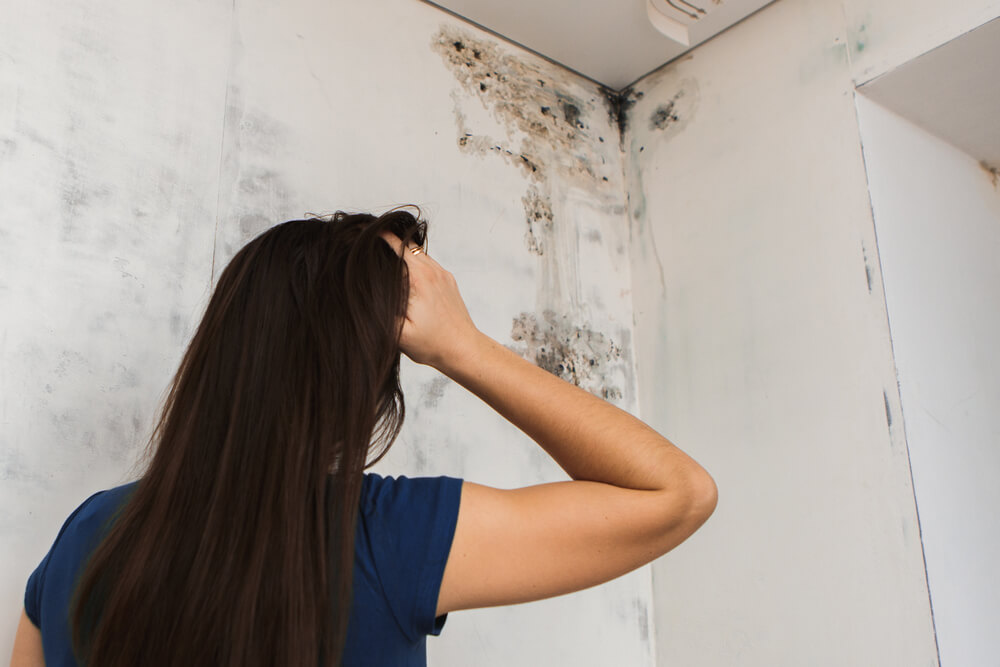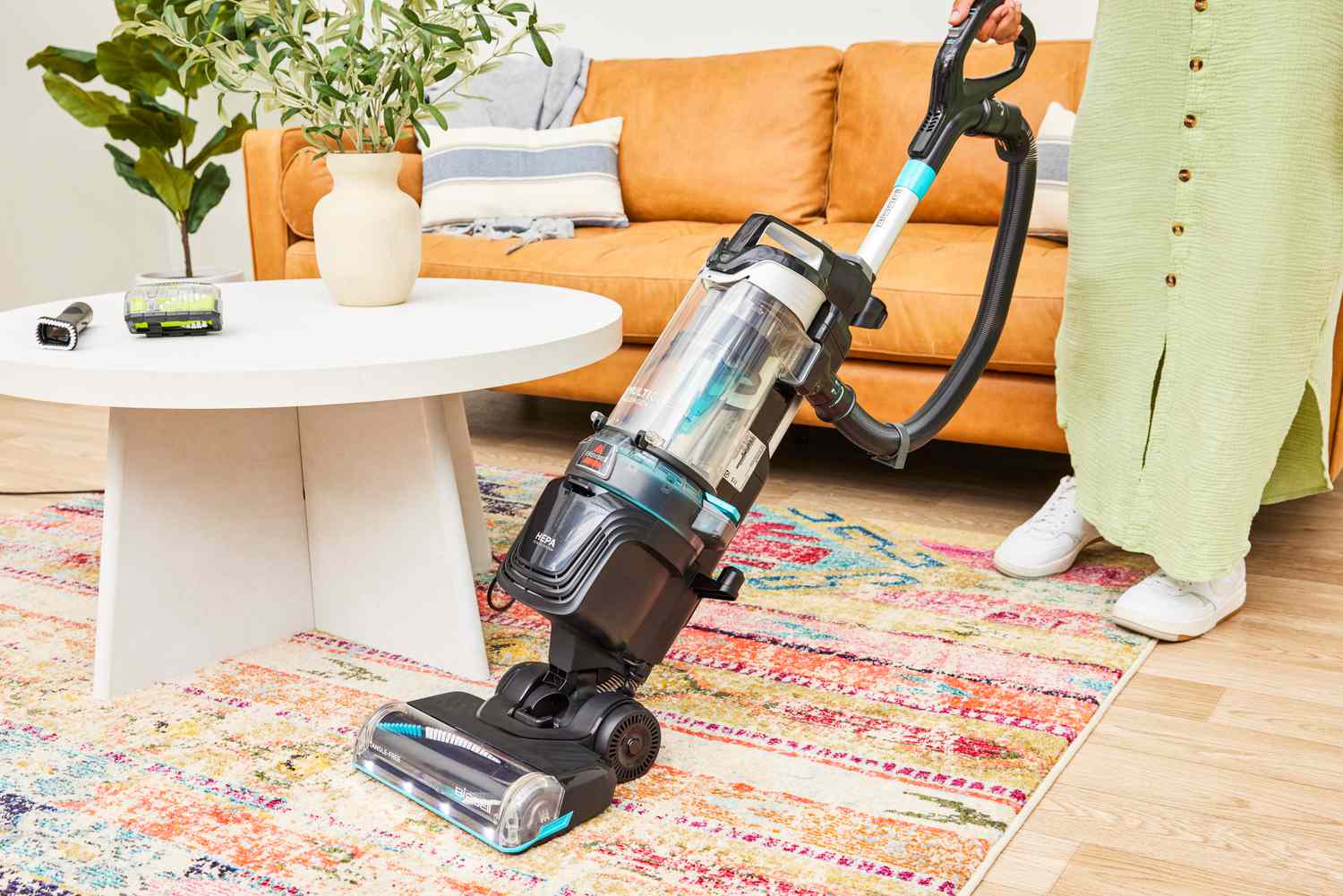In Health
Published 28 days ago
Treatment Options for Mold Exposure
There are more than 1,000 different mold species in the United States alone. Unfortunately, many of these species can easily show up in your home or business under the right circumstances. In fact, it’s estimated that roughly 50% of homes in the U.S. alone have mold problems.
What are the Complications of Mold Exposure?
Mold exposure can produce a wide range of symptoms and complications. The milder ones include:
- coughing,
- wheezing,
- itchy/red eyes, and
- worsening allergy or sinus-related discomfort.
You may also experience:
- headaches,
- difficulty breathing,
- respiratory issues, or
- confusion and/or memory loss.
A weakened immune system and mold poisoning are among the more severe complications that could be associated with mold exposure.
Options for Treating Mold Exposure
Are you dealing with mold-related symptoms? Here are potential treatments for mold exposure that could be beneficial to you…
1. Nasal Sprays/Rinses

If your symptoms are mild, nasal sprays or rinses may help. Options with nasal sprays include over-the-counter nasal corticosteroids. A homemade rinse can also be made with a mix warm or distilled water and saline that can be used to clear your nasal passages.
Why Nasal Sprays/Rinses Help with Mold Exposure
Nasal sprays and rinses may help with mold exposure by:
- Reducing nasal congestion
- Shrinking blood vessels and tissues in the nose
- Rinsing away irritating mold spores
Of course, there are other over-the-counter options that are just as affordable…
2. Over-the-Counter Medications

If mold exposure is triggering allergy symptoms, antihistamines (aka allergy medications) may be recommended to block the substances within the body that trigger allergic reactions. Medications that clear up congestion (decongestants) may also provide welcome relief.
Why OTC Medications Help with Mold Exposure
Over-the-counter medications can help ease your symptoms by:
- Reducing airway inflammation
- Minimize nasal swelling
- Control related allergy symptoms
When over-the-counter remedies won’t do, the following might help instead…
3. Allergy Shots

Another way to treat allergy issues related to mold exposure? Allergy shots. Delivered as a series of injections spread out over time, allergy shots work by helping to create a natural immunity to your allergens (allergy triggers).
Why Allergy Shots Help with Mold Exposure
Allergy shots may ease your mold exposure issues by:
- Minimizing your reliance on medication
- Strengthening your immune system
- Making it easier to breathe
Of course, shots aren’t the only type of therapy that can help someone exposed to mold…
4. Immunoglobulin Therapy

Mold exposure sometimes contributes to a weakened immune system. If this is what you are experiencing, you may benefit from intravenous immunoglobulin (IVIg) therapy, which helps build up beneficial antibodies in your body.
Why Immunoglobulin Therapy Helps with Mold Exposure
Intravenous immunoglobulin therapy has the potential to be a way to treat mold exposure issues by:
- Strengthening the immune system
- Managing conditions related to mold exposure
- Making it easier for the body to deal with airborne mold pathogens
The next option for dealing with mold really brings the heat…
5. Infrared Saunas

An infrared sauna is a special type of sauna that uses light to create heat. Then, it heats the body directly without heating the air that’s around you, which reduces the type of excess moisture that can contribute to mold growth.
Why Infrared Saunas Help with Mold Exposure
Infrared saunas warm up the body to the point where sweat is produced. This sweating helps with the removal of mold toxins via the perspiration process. Related benefits associated with an IR sauna use include:
- Easing symptoms related to mold toxicity
- Improving overall internal body functions
- Helping the immune system work more efficiently
The next option can help not only an existing mold problem, but help prevent one in the future, too…
6. A High-Quality Air Filter

Treat mold exposure by using a top-quality air filter for your home’s heating and cooling system. High-efficiency particulate air (HEPA) filters can also be inserted just under vent screens.
Why High-Quality Air Filters Help with Mold Exposure
An air filter that’s capable of trapping mold spores has the potential to be an effective mold exposure treatment by:
- Reducing home mold exposure
- Improving indoor air quality
- Reducing the transfer for mold spores
While HEPA filters are great for the home, the following option is great for personal use…
7. Detoxification Supplements

Mold is a toxin that can affect your body and contribute to a variety of health-related issues. Detoxification is therefore one way you can help you body get rid of toxic mold that may be complicating internal processes.
Why Detoxification Supplements Help with Mold Exposure
Glutamine, liposomal, alpha lipoic acid, and other detoxification supplements may minimize issues related to mold exposure by:
- Boosting your immune system
- Reducing the inflammation that can make mold-related symptoms worse
- Supporting digestion, which is sometimes affected by mold-related conditions
Detoxification supplements may be beneficial for this purpose, as could the following…
8. Antifungal Herbal Supplements

Mold is a type of fungus. For this reason, you may benefit from antifungal herbal supplements if you are having health issues related to mold exposure. Some herbal supplements with antifungal properties include ingredients such as:
- caprylic acid,
- garlic,
- berberine, and
- oregano oil.
Why Antifungal Herbal Supplements Help with Mold Exposure
An imbalance in your body, like what can be created with mold exposure, can contribute to a weak immune system, digestive problems, and other issues. Antifungal herbal supplements may provide the added boost your body needs by:
- Helping your immune system get stronger
- Getting your intestinal tract back to normal if it was affected by mold exposure
- Preventing the spread of mold-related infections in your body
The following solution is simple yet effective…
9. Getting Away from the Source

An important step you can take with mold exposure is to get away from the source (if you know for sure what it is). This may involve temporarily moving to a new location or sleeping in a different room in your home until a mold remediation professional can take care of the mold problem.
Why Getting Away from the Source Helps with Mold Exposure
The main reason why this helps is because being away from the source of the problem gives your body a chance to adjust and recover. Getting away from the source is also a smart move because:
- You’ll have a chance to seek appropriate medical treatment
- Symptoms related to mold exposure will likely improve
- You’ll be reducing your risk of experiencing more severe health issues
The following option can help while you’re waiting for a professional to help (and it can also reduce the odds of mold forming in the future)…
10. Improved Ventilation

Mold exposure is especially dangerous because spores can linger in the air and get on various surfaces. One way to reduce your exposure to mold is to increase the ventilation in your indoor living environment with open windows and exhaust or ceiling fans.
Why Improved Ventilation Helps with Mold Exposure
Improving your home’s ventilation may reduce mold exposure issues by:
- Preventing mold buildup
- Allowing mold spores to be safely removed
- Bringing more fresh air into your living spaces
Closely related is the following option…
11. Better Home Cleaning

If your mold symptoms are due to visible sources of mold, you may benefit from making more of an effort to thoroughly clean your home. Pay particular attention to places where you’ve seen mold or places where mold may be unseen, like in your HVAC system or vents.
Why Home Cleaning Homes with Mold Exposure
Mold clean up is can be effective way to ease or eliminate your mold-related symptoms for the following reasons:
- Mold is less likely to develop on clean surfaces
- Certain household cleaners, like a mix of bleach and water, can kill mold spores
- Cleaner vents and HVAC filters reduce the spread of mold spores in your home.
The final step?…
12. Manage Mold Exposure

Another way to treat mold exposure is to make an effort to remove or manage the mold itself. A mold mitigation or remediation expert can inspect your home and recommend appropriate steps that need to be taken to reduce your immediate exposure to mold.
Why Mold Mitigation Helps with Mold Exposure
Mitigating or reducing mold in your home environment could provide much-appreciated relief by:
- Identifying sources of mold
- Sealing up sources of the moisture that contributes to mold growth
- Giving you a better idea of how to prevent future mold issues
Have You Been Exposed to Mold?
If you believe your symptoms could be related to mold exposure and you haven’t been officially diagnosed yet, see what your doctor or an appropriate specialist has to say. Once a diagnosis is made, your doctor can let you know if any of the treatments discussed here may be right for you.




